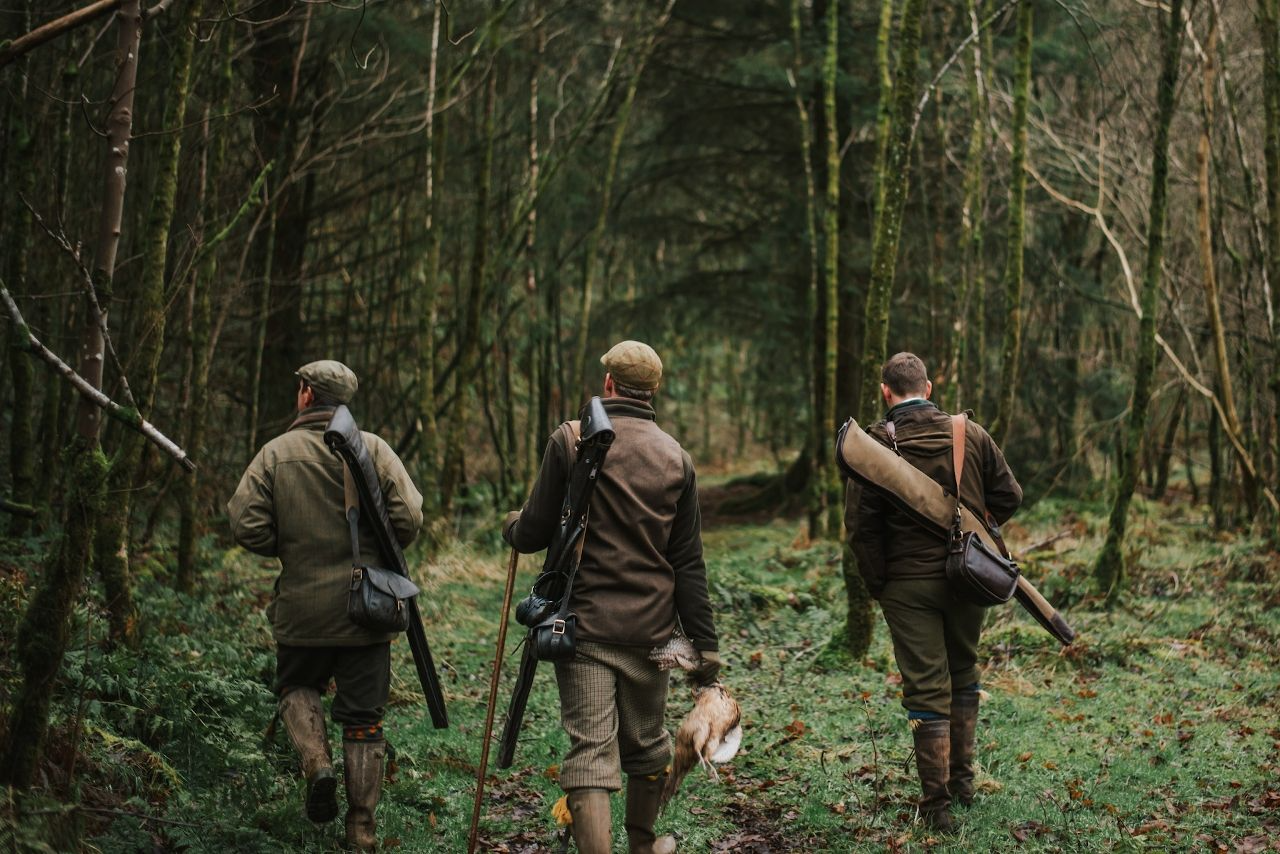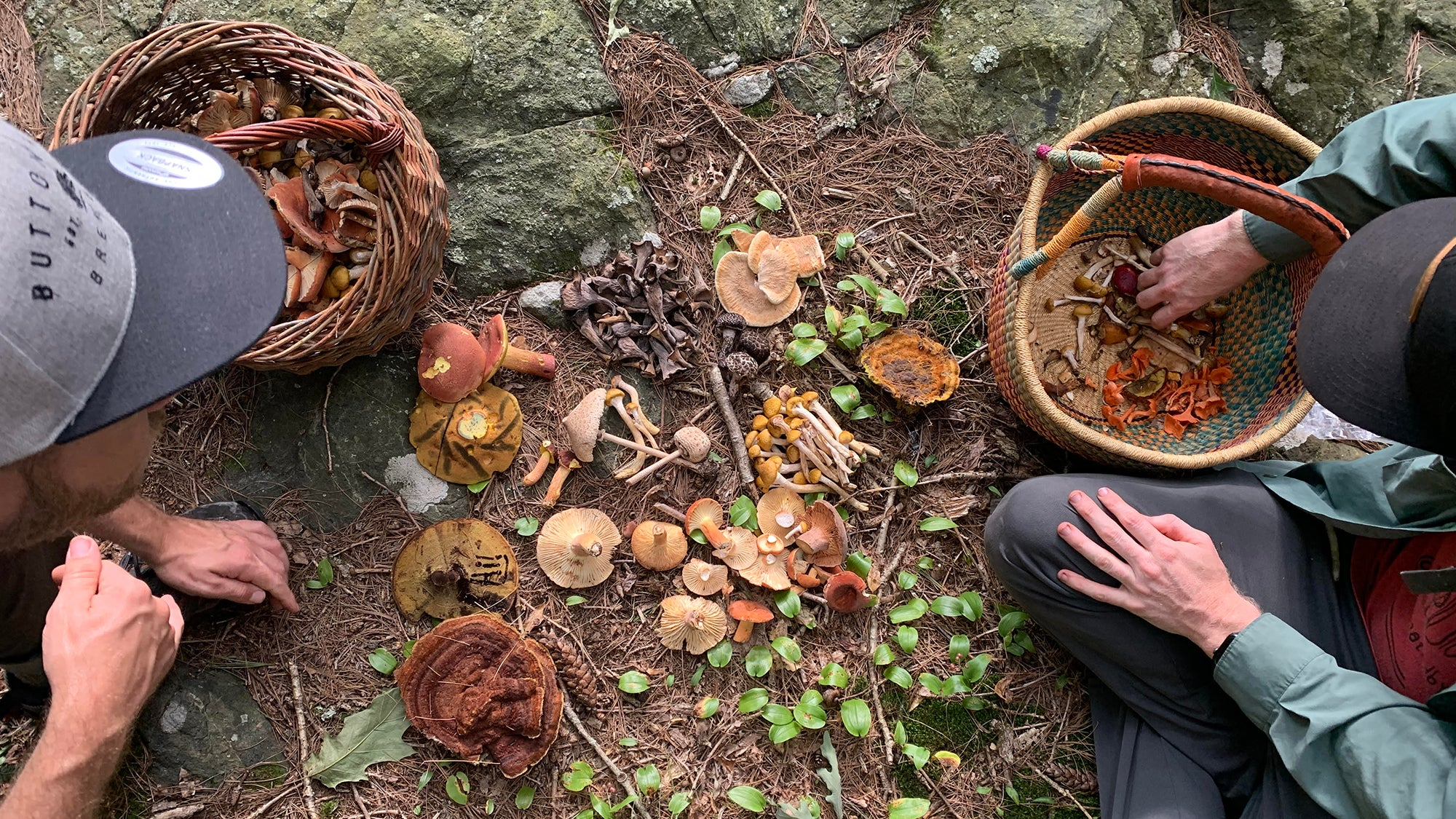Wild mushrooms
Wild mushrooms are fascinating and elusive organisms that grow in a wide range of habitats, from forests to grasslands, and even on decaying logs. These fungi play an essential role in the ecosystem, helping to break down organic matter and recycle nutrients. However, their beauty and usefulness are often overshadowed by the risks of eating them, as some can be deadly poisonous. In this article, we will explore the world of wild mushrooms, their ecology, and the risks and benefits of foraging them.
Wild mushrooms
Ecology of wild mushrooms
Wild mushrooms belong to the kingdom Fungi, which includes over 100,000 known species. Unlike plants, fungi do not photosynthesize, and they obtain their nutrients by breaking down organic matter. Many wild mushrooms are decomposers, breaking down dead plant material and recycling nutrients back into the soil. Others form symbiotic relationships with plants, providing them with essential nutrients in exchange for carbohydrates. These mutualistic relationships are known as mycorrhizae, and they are critical for the health of many forest ecosystems.
Wild mushrooms come in a vast array of shapes, sizes, and colors. Some grow in large clusters, while others stand alone. Some are brightly colored and conspicuous, while others blend seamlessly into their surroundings. Many are delicious and highly sought after for culinary purposes, while others are deadly poisonous.
Wild mushrooms come in a vast array of shapes, sizes, and colors. Some grow in large clusters, while others stand alone. Some are brightly colored and conspicuous, while others blend seamlessly into their surroundings. Many are delicious and highly sought after for culinary purposes, while others are deadly poisonous.

Benefits of wild mushroom foraging
Foraging for wild mushrooms can be a rewarding and enjoyable experience, providing an opportunity to connect with nature and harvest nutritious and delicious food. Many edible mushrooms, such as morels, chanterelles, and porcini, are highly prized for their rich and earthy flavors and are a staple of gourmet cuisine. Wild mushrooms are also a rich source of protein, fiber, vitamins, and minerals.
In addition to their culinary value, some wild mushrooms are also highly prized for their medicinal properties. For example, reishi mushrooms are known for their immune-boosting and anti-inflammatory properties, while lion's mane mushrooms are believed to promote nerve growth and cognitive function.
In addition to their culinary value, some wild mushrooms are also highly prized for their medicinal properties. For example, reishi mushrooms are known for their immune-boosting and anti-inflammatory properties, while lion's mane mushrooms are believed to promote nerve growth and cognitive function.
Risks of wild mushroom foraging
Despite their many benefits, wild mushrooms can also pose significant risks to foragers, particularly those who are inexperienced or unfamiliar with the different species. Some wild mushrooms are deadly poisonous and can cause severe illness or even death if consumed. Symptoms of mushroom poisoning can range from mild gastrointestinal upset to seizures, coma, and death.
To minimize the risks of mushroom poisoning, it is essential to be able to identify different species accurately. This requires a thorough understanding of the physical characteristics of different mushrooms, including their cap shape, stem structure, spore color, and other features. It is also important to be aware of the habitat and ecology of different species, as some are more likely to be found in certain types of forests or soils.
To minimize the risks of mushroom poisoning, it is essential to be able to identify different species accurately. This requires a thorough understanding of the physical characteristics of different mushrooms, including their cap shape, stem structure, spore color, and other features. It is also important to be aware of the habitat and ecology of different species, as some are more likely to be found in certain types of forests or soils.
Conclusion
Wild mushrooms are a fascinating and diverse group of organisms that play a vital role in the ecosystem. Foraging for wild mushrooms can be a rewarding and enjoyable experience, providing an opportunity to connect with nature and harvest nutritious and delicious food. However, it is essential to be aware of the risks and benefits of wild mushroom foraging and to take appropriate precautions to minimize the risks of mushroom poisoning. By following best practices for mushroom identification and foraging, foragers can enjoy the many benefits of wild mushrooms while minimizing the risks.























